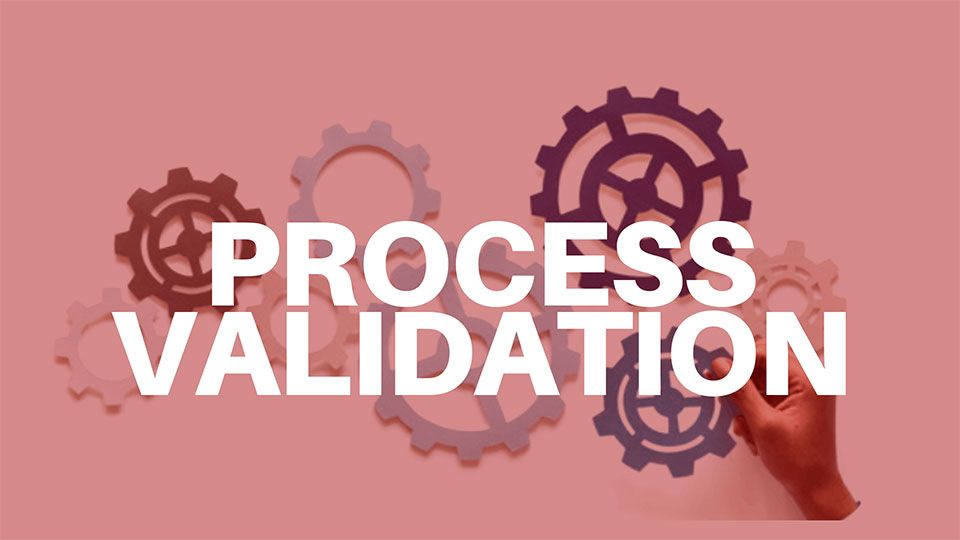
Have we really embraced the “new” Process Validation?
Since 1987 there has only been one major modification to the FDA’s Process Validation Guidelines, and that was in January 2011. Still viewed as a relatively “new” approach to Process Validation in the pharmaceutical, medical device, and biosimilar sectors, the fact is that these guidelines are nearing a decade old (!) and I’m not sure how well they’ve been embraced and implemented in our industry?
So, what changed between 1987 and 2011? For most of us across the world we’ve seen a massive shift in how we consumed our entertainment and conducted our everyday living. VCRs, cassette tapes, land lines, libraries, etc. all became antiquated due to the advancement of technology and were quickly dominated by new means of consumption by the masses via the internet, smart phones and TVs, tablets and streaming services. It’s true to this day, we can’t get our information fast enough! Twitter, Instagram, Facebook…even our refrigerators are “smart” now. So why can’t we get smarter regarding validation?
The January 2011 Guidelines for Industry – Process Validation General Principles and Practices stated the following:
“Process Validation is defined as a collection and evaluation of data, from the process design stage through commercial production which established scientific evidence that a process is capable of consistently delivering quality product.”
This resulted in three (3) distinct phases of Process Validation: 1) Process Design, 2) Process Qualification, and 3) Continued Process Verification (CPV). It’s the third phase that I’m focusing on in this writing and highlighted above where I think we’re falling behind or haven’t truly embraced, CPV.
CPV is an ongoing program to collect and analyze product and process data as it relates to product quality. This includes analyzing process trends, in-process material, and finished products. Ideally a periodic evaluation of the data (primarily batch records) would be conducted by a combination of a company statistician, QA representative, engineering, and/or manufacturing to ensure that the process or system has remained in a validated state.
This may be daunting for most companies and is a far cry from the “3 PV lots and you’re done” approach as established by the older guidelines. I know, you can’t simply flip a switch, it takes time to establish and implement this type of validation infrastructure.
Even more importantly, the challenge of accepting change and having an embracive mentality. But we live in different times, technology is still advancing by the second and data is all around us. By assembling a multi-disciplinary team and leveraging industry tools, I believe that we can approach PV/PPQ (PPQ stand for Process Performance Qualification, usually established at the end of Phase 2 Process Qualification) the way the FDA has intended.
There’s no need to look at PV as a snapshot or moment in time any longer. Retrospective validation and revalidation are terms that are no longer recognized by the guidelines, as we need to embrace “process understanding” of our equipment and systems by continuously monitoring and assessing our batch records and data to ensure product consistency, quality, and customer safety.
So, the next time a company wants to run three PV lots and simply conclude their validation efforts, be as shocked as someone reaching into their wallet to pull out that dusty Blockbuster card for a “fun-filled Friday night!”.
If you’re interested in learning more about our services, please click here or contact us to discuss how PACIV can help you.
Did you find this article interesting? Would you like to be updated when we post the next one?
Sign up for our mailing list by clicking here, and stay up to date with the latest news and articles on the Industry.
Chris Sormalis, Business Development Manager at PACIV USA, has over 15 years of experience within the Biotechnology, Pharmaceutical and Medical Device industries. Chris has worked as Project Team Leader and Automation/Validation Engineer for multiple automation and CSV projects. Chris has experience with multiple control platforms such as AB PLCs, CLx and DeltaV with significant experience in the complete System Development Life Cycle (SDLC) and its CSV deliverables. He has thorough knowledge and experience in the Biotechnology, Pharmaceutical and Medical Device industries’ technologies, processes and systems.
LinkedIn: Chris Sormalis

